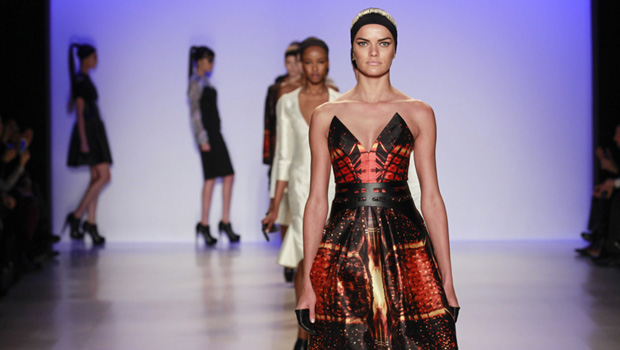On a staff call one morning, Jonathan Spiliotopoulos, our Magnificent Maven of Multi-Media Machinations, said this:
Helping people make important decisions is the very definition of design.
Because I’m a writer, as opposed to one proficient in visual or graphic media, that gave me pause. I’m inclined to think helping people make important decisions is the very definition of reason and language. But Jonathan was onto something more simple and subtle. He also was onto something more powerful.
While I’m about directing logic and intelligent response, Jonathan was about something more immediate: directing sensory and mechanical responses. Consider the implications in website design alone.
In B2B marketing, websites have specific jobs that need to be undertaken in this order:
- Make it readily apparent what’s being offered and by whom.
- Present additional information clearly and accessibly.
- Make it easy for visitors to contact and/or follow you in social media.
- If you expect them to self-select into your sale process, make them an offer they can’t refuse.
They need to be done in that order because that’s what visitors want. Contrary to popular expectation, B2B visitors aren’t likely to arrive at our sites because of keyword cleverness, density, or selection. SEO is all but immaterial.
Rather, visitors arrive because they search for a name — a company name, a product name, a service name, or an individual’s name. Site statistics show 95 to 98 percent of traffic on B2B sites arrives by such searches. And the higher the price point of what we’re selling, the lower the likelihood of keyword-driven traffic.
A site designed to optimize the four precepts above will be clean, uncluttered, accessible, and neither exhaustive nor exhausting. Websites don’t need to be packed with everything we can think to put it in them — only enough to get our prospects interested enough to want to talk with us.
Form (design) does need to follow function (purpose). It needs to serve presentation and navigation. Words and images for their own sake might be art. But words and images employed to follow function to accomplish the achievement business objectives have to be purposefully, deliberately, effectively designed.
Likewise, form and function have to be separated from fashion. Website design isn’t a fashion show; although, many designers see websites as opportunities to flaunt their ostensible fashion senses. But once the lid is pried off Pandora’s Box of Cool Stuff, nothing, as we know, ever goes back in. Adding clutter to a website adds insult (bad sense) to injury (bad design).
Simplicity, subtlety, cleanliness, uncomplicated navigation, accessible presentation, and uncluttered sensory and mechanical responses. Create your website to fulfill those criteria, and your visitors will have the experience they want — not the fashion show you may want to give them.
Now, could I please see that sexy little Donna Karan number again, darling?
—
By Mdslater100 (Own work), via Wikimedia Commons

